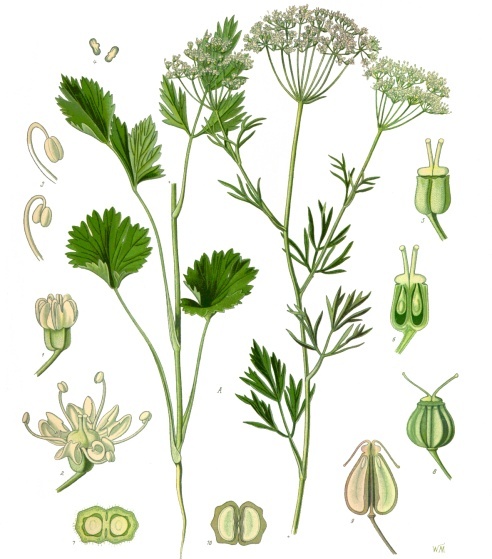Other Names — Anis de Chine, Anís Estrellado, Anis Étoilé, Anis Étoilé Chinois, Aniseed Stars, Anisi
Stellati Fructus, Ba Jiao Hui, Badiana, Badiane, Badiane de Chine, Bajiao, Chinese Anise, Chinese
Star Anise, Eight-Horned Anise, Eight Horns, and Illicium verum.
USDA Zones- 8–11; If the temperature falls below 15F, your plant will die. Therefore, If you live in the
north, you should avoid growing this tree.
Growing star anise is easy in subtropical climates. It is adorned with beautiful flowers and fruits that
are star-shaped. It is a tropical evergreen tree, tall between 5-10 m. Star anise has large glossy green
foliage, its white flowers are beautiful and of great decorative value. Star anise fruit has eight carpels
that together form the star-shaped fruit (hence called “Star anise”).






